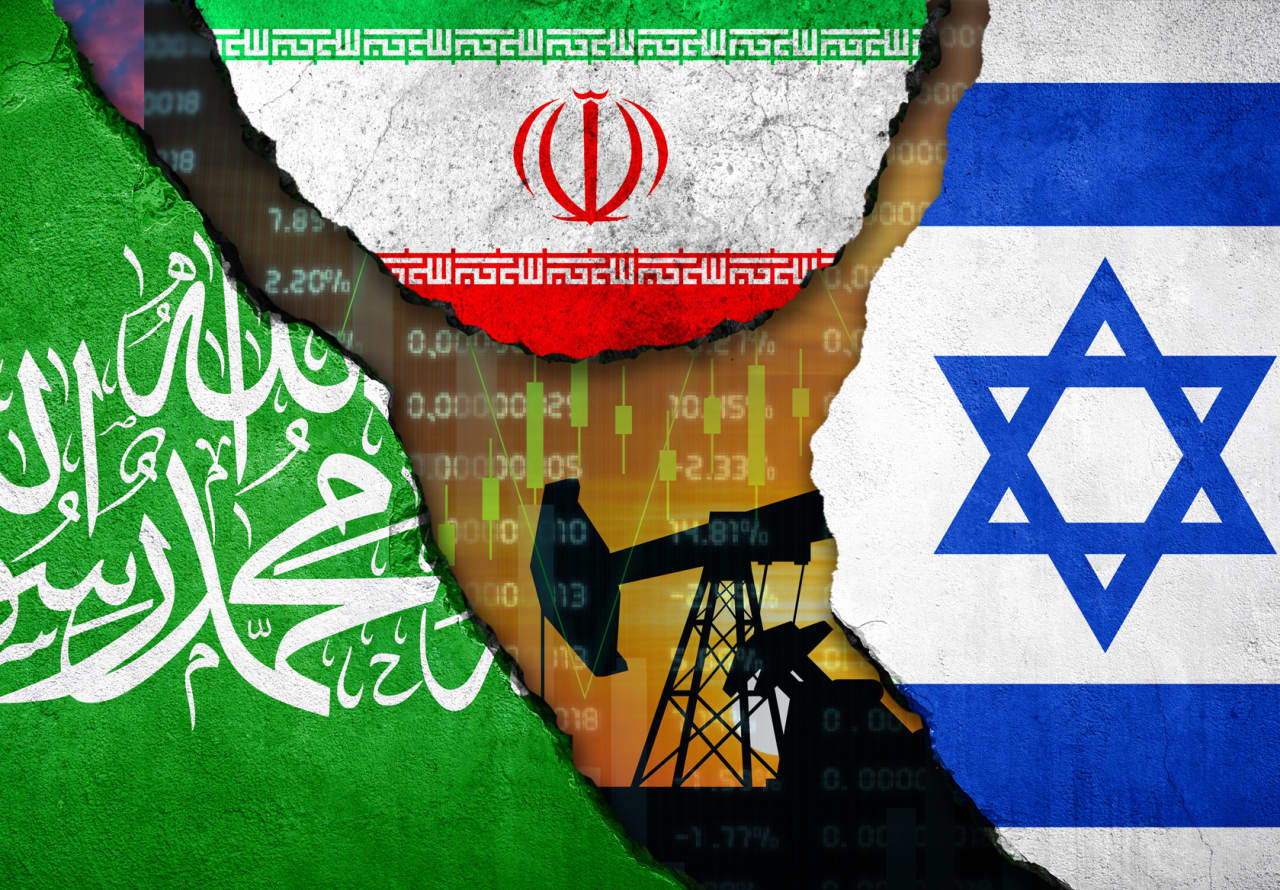Oil Prices Show Muted Rally After Israel’s Strike on Qatar: Insights into a Glutted Crude Market
On September 9, 2025, Israel’s airstrikes targeting Hamas leadership in Doha, Qatar, triggered a brief surge in crude oil prices, with Brent crude rising nearly 2% to $67.32 per barrel and West Texas Intermediate (WTI) climbing up to 2.3% to top $63. However, the rally quickly fizzled, with prices settling only modestly higher and failing to sustain momentum into September 10. This tepid response underscores the crude market’s current state of oversupply and resilience to geopolitical shocks, reflecting a fundamental shift where supply abundance trumps regional tensions.
The Strike and Initial Market Reaction: A Geopolitical Jolt with Limited Bite
Israel’s “precise strike” on Hamas’ political bureau in Qatar’s capital—home to the largest U.S. military base in the Middle East—rattled markets initially, as traders priced in risks of broader escalation. Qatar, while a major liquefied natural gas (LNG) exporter, produces minimal crude oil, limiting direct supply threats. Yet, the attack’s proximity to Al Udeid Air Base and potential to disrupt Gulf diplomacy fueled a risk premium, pushing Brent above $67 briefly and gold to a record high as safe-haven buying kicked in.
By session close, gains moderated to about 1-2%, with WTI at around $62.94—up just 1.09% from the prior day. Analysts attributed the quick pullback to expectations of no significant retaliation, especially with U.S. backing reported for the strikes and Qatar’s response focusing on condemnation rather than economic reprisals. This mirrors patterns from earlier 2025 Middle East flare-ups, like the Israel-Iran exchanges in June, where initial spikes evaporated as de-escalation signals emerged.
Why the Rally Fizzled: Key Factors Behind the Muted Response
The limited price action post-strike reveals a market desensitized to regional conflicts, prioritizing fundamentals over headlines. Here’s what it indicates about the crude landscape:
Oversupply Dominates: OPEC+ Expansions and Non-OPEC Gains Outpace Demand
OPEC+ has been unwinding voluntary cuts aggressively, with eight members boosting output by 411 kb/d in June alone—tripling initial plans—and further hikes eyed for September. This, combined with non-OPEC+ surges from the U.S. (hitting 13.6 mb/d by December 2025), Canada, Brazil, and Guyana, is flooding the market. Global supply is projected to rise 2.5 mb/d in 2025, outstripping demand growth of just 730 kb/d—the lowest since 2009 outside COVID.
U.S. inventories unexpectedly built by 622 kb barrels last week, signaling weak demand and exacerbating the glut. Analysts like those at SEB bank warn of a “sizeable surplus” from September 2025 through 2026, with inventories building unless OPEC+ reins in overproducers like Kazakhstan and the UAE. Qatar’s minimal crude role meant the strike posed no direct supply hit, unlike potential Strait of Hormuz disruptions in Iran scenarios.
Weak Demand Outlook: Economic Headwinds and Trade Tensions Weigh Heavy
Global demand growth has been downgraded to 740 kb/d for 2025, hampered by trade tariffs, slowing economies, and EV adoption. U.S. tariffs on Canada and Mexico—key crude importers—could further crimp flows, while China’s post-summer slowdown and Europe’s sluggish recovery add pressure. Soft U.S. jobs data and Germany’s trimmed 2025 growth forecast (citing tariffs) reinforced bearish sentiment.
Refining margins, while strong in July at 15-month highs, are vulnerable to falling crude prices, potentially curbing throughputs. The IEA notes demand could hit 104.4 mb/d in 2025, but seasonality (e.g., summer travel peaks) won’t offset the broader slump.
Market Fatigue to Geopolitics: Lessons from Recent Flare-Ups
Traders have grown “battle-hardened” to Middle East risks, as seen in June’s Israel-Iran clashes where prices spiked to $81.40/bbl but crashed 7% on de-escalation signals like Iran’s limited Qatar base strike. No Strait of Hormuz closure or oil infrastructure hits means muted premiums—unlike past crises where Mideast events drove 20-30% surges. Increased U.S. shale efficiency and global diversification (e.g., Americas supply growth) dilute the region’s sway, now just a third of global output.
Broader Implications for the Crude Market: A Bearish Outlook with Volatility Ahead
The muted rally signals a market in surplus mode, with Brent potentially dipping to $58/bbl by Q4 2025 and $50/bbl in early 2026 per EIA forecasts, driven by peaking U.S. production (13.6 mb/d by December) and OPEC+ hikes. J.P. Morgan sees Brent at $66/bbl for 2025, down 25% from January peaks, as tariffs and soft demand cap upside. Technicals show WTI in a descending channel near $62.91 support, with RSI neutral but bearish moving average crossovers.
For U.S. consumers, this means stable or falling gas prices (under $2.90/gal in 2026), easing inflation but pressuring producers. Economically, it reflects resilient global buffers against shocks, but volatility looms if OPEC+ overplays hikes or trade wars intensify. Politically, Trump’s push for lower prices via increased output aligns with the surplus trend. Technologically, efficiency gains in shale and EVs further mute geopolitical impacts. Sports and travel fans benefit from cheaper fuel for events, but energy-dependent sectors face headwinds.
Conclusion: A Market Insulated from Shock, Focused on Fundamentals
The modest oil price uptick after Israel’s Qatar strike—fading quickly to 1-2% gains—highlights a crude market awash in supply, with tepid demand and fatigue to Mideast risks keeping a lid on rallies. Oversupply from OPEC+ unwinds, U.S. records, and non-OPEC booms dominates, while no direct threats to chokepoints like Hormuz temper fears. This resilience points to a bearish 2025, with prices potentially sub-$60/bbl, barring major escalations.
Looking ahead, watch OPEC+’s September decisions and U.S. inventory data for direction—surpluses suggest further downside, but any supply disruptions could reverse the calm. For investors and consumers, it’s a sign of market maturity: geopolitics matters less when fundamentals flood the barrel.
